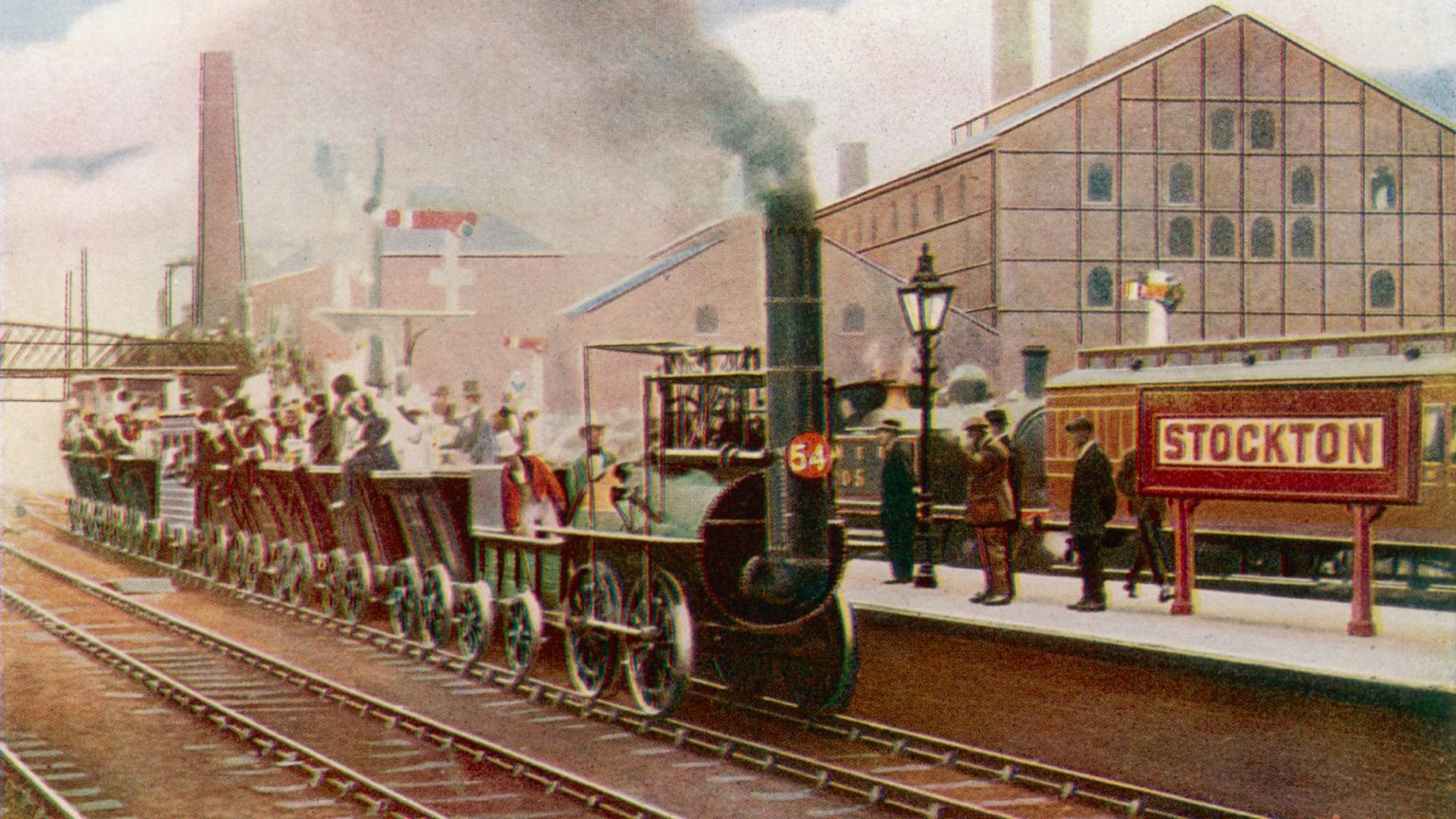The evolution of train travel in the UK over the past two centuries reflects a fascinating interplay of technological advancement, social change, and evolving passenger expectations. From its humble beginnings in 1825 with the inaugural journey of George Stephenson’s Locomotion No. 1, the railway network rapidly expanded, connecting major cities and transforming the landscape of transportation. The early years, however, were characterized by rudimentary conditions, particularly for those travelling in lower classes. Limited ticket options, stark carriages, and exposure to the elements were the norm, a stark contrast to the comfort and convenience we often associate with modern rail travel.
The Victorian era witnessed the continued growth of the rail network, with iconic stations like London Bridge, Euston, and Paddington becoming integral parts of the urban fabric. Despite this expansion, the experience of train travel remained far from luxurious for many. First-class passengers enjoyed upholstered seats, while those in second class endured wooden benches. Third-class carriages, often likened to cattle trucks, offered minimal protection from the elements, leading to complaints of discomfort and even hardship. The lack of basic amenities like heating, roofs, and inter-carriage walkways underscored the stark divide between the classes.
The late 19th and early 20th centuries brought gradual improvements to passenger experience. Safety measures, such as brakes and inter-carriage walkways, were introduced, albeit slowly. The inclusion of lavatories in the early 1900s marked a significant step towards enhanced passenger comfort. The Golden Age of Rail Travel, which dawned in the 1920s, ushered in an era of unprecedented luxury, particularly for first-class passengers. Pullman cars, resembling hotels on wheels, offered opulent amenities and redefined the concept of train travel. Fine dining, with multi-course meals and menus in French, became a hallmark of this era, reflecting a focus on elegance and sophistication.
The post-World War II period brought significant changes to the railway landscape. Nationalization in 1947 brought the railways under government control, followed by the transition from steam to diesel trains in the 1960s. This era also witnessed the decline of the luxurious dining experiences of the Golden Age, with simpler fare replacing elaborate meals. The privatization of the railways in the 1990s introduced a new dynamic, with varying levels of renationalization occurring subsequently. While modern train travel offers increased safety and efficiency, some lament the loss of the grandeur and personalized service that characterized earlier periods.
Despite the undeniable progress made in terms of safety and efficiency, a nostalgic yearning for the bygone era of luxurious train travel persists. The absence of full meal service in first-class carriages, replaced by more basic offerings, is often cited as a symbol of this decline. Similarly, the disappearance of luggage porters, once a common sight at train stations, evokes a sense of lost personal touch. While the modern focus on speed and practicality is undeniable, the romantic allure of the Golden Age, with its emphasis on comfort and personalized service, continues to capture the imagination.
The future of train travel in the UK appears to be focused on revitalization and expansion. Abandoned routes are being resurrected, and new transport hubs are being developed. The drive towards greener travel solutions is also shaping the future of the railways, with diesel trains gradually being phased out. As the UK celebrates 200 years of train travel, the industry stands at a crossroads, balancing the demands of modern efficiency with the nostalgia for a more elegant and personalized past. The challenge lies in creating a future that embraces both progress and the enduring appeal of the golden age of rail travel.










